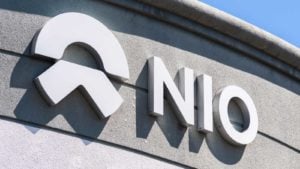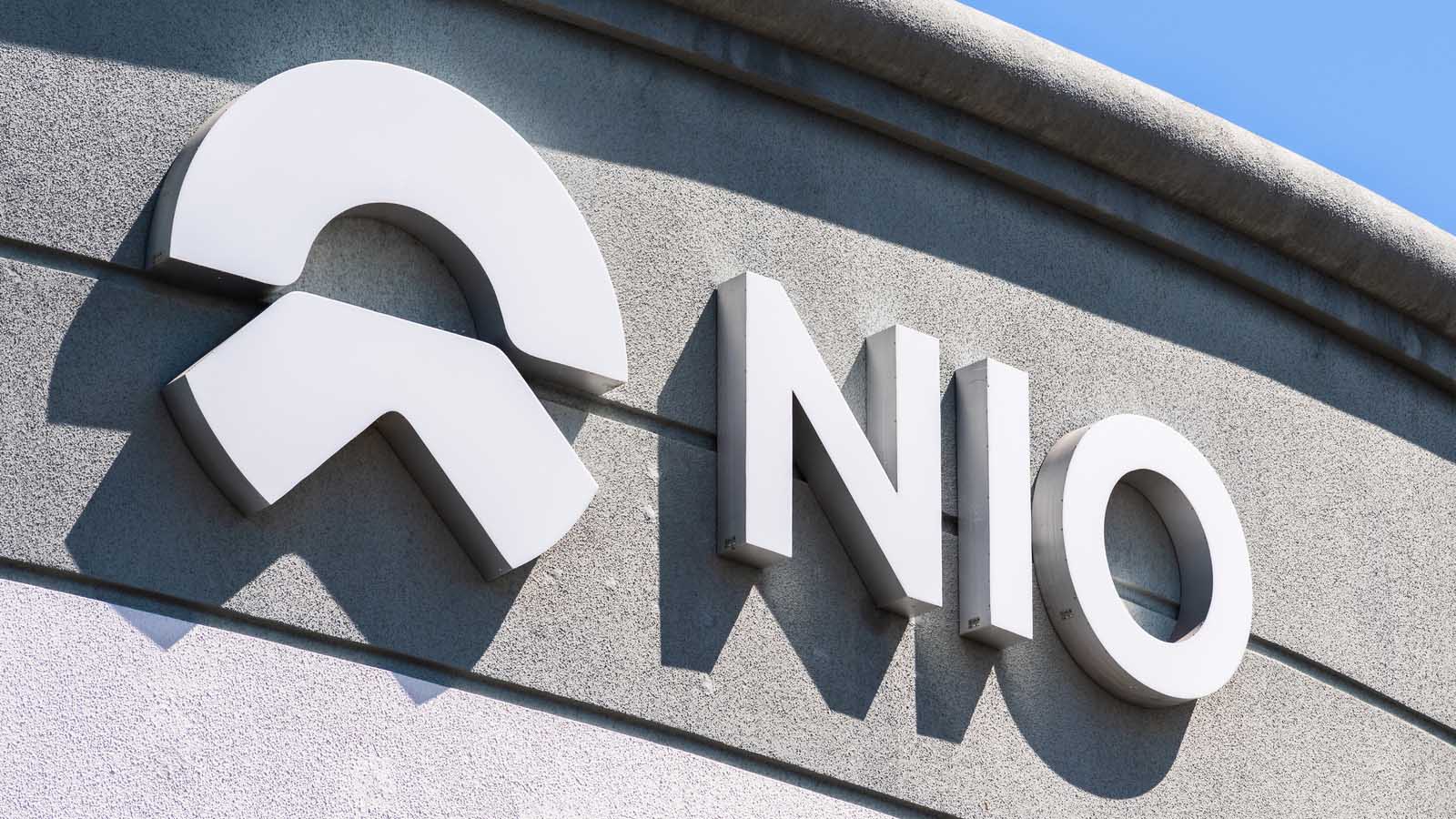When you’re making cars, you either go big or go home. In November Nio (NYSE:NIO), the Chinese electric car startup, delivered over 2,500 cars. So far, the company says it has delivered a cumulative total of over 28,000 vehicles.

But late in the same month Tesla (NASDAQ:TSLA) opened its Shanghai Gigafactory, capable of delivering 150,000 Chinese-made Teslas to the market each year.
The Tesla models are eligible for a tax credit of over $3,500 in China, they cost less to make than American models and CEO Elon Musk said the factory cost 65% less to build than his first one in Fremont, California.
Nio has been outflanked in its home market.
State Help
Nio CEO Li Bin styles himself the “Elon Musk of China,” but his cars are still being made by state-owned JAC Motors. The company is establishing a deal with a state-owned fund to build its own factory, which the U.S. press calls a state bailout. But in general, state subsidies are being cut, as China seeks to focus on operations that can make money in the global market. For instance, Tesla.
Bin could always use a friend, and he has a lot of them. Tencent Holdings (OTCMKTS:TCEHY) is a big investor, and he hopes they will back his latest venture, a lower-priced crossover. But Bin has also just gone through his third round of layoffs, virtually pulling out of the American market. He’s also going to need another $1 billion to keep going, and that will doubtless dilute the stock.
That stock, which went public on the Nasdaq in September 2018 at $6 per share, opened for trade Dec. 19 at $2.69. The company still has a market capitalization of $2.8 billion but it’s gone through nearly $1 billion since going public and had under $500 million left at the end of June.
The fundamental problem is that the Nio is a high-end car in a low-end electric market. Over 3 million electric vehicles were produced in China through 2018, and they cost as little as $2,200. With the Chinese middle class struggling, there may not be enough luxury demand for Nio to succeed.
You Were Warned
If you’re a regular reader of InvestorPlace, you have been warned repeatedly that this wasn’t going to end well.
Most recently, Ian Cooper wrote that there is no good news that can save this stock. Chris Markoch asked this month whether Nio might vanish in a puff of smoke.
I myself have been down on Nio to the point of cruelty. I wrote back in March that the smart money was bailing on Nio. Then I called it “too speculative” in July and a cautionary tale in September, and as recently as last month warned that the cavalry is not coming to save NIO stock.
There is a bullish thesis. InvestorPlace’s David Moadel says that if you treat it like a lottery ticket it could be a winner. Will Ashworth says there’s still hope if ES6 deliveries stay high. But neither is recommending Nio for friends or family.
The Bottom Line on Nio Stock
Spring is coming for electric vehicles, but probably not for Nio.
Electric vehicles cost less to build than gasoline engines. A sophisticated electric grid can supply power for them. As Nio itself has proven with its EP9 “super car,” electric vehicles can deliver awesome performance.
But there’s an elegant morality to the rise and fall of Nio. Bin sought to create a luxury nameplate in what is fundamentally an egalitarian society. He’s going to fail, and that lesson will resonate.
Dana Blankenhorn is a financial and technology journalist. He is the author of the historical mystery romance The Reluctant Detective Travels in Time, available now at the Amazon Kindle store. Write him at danablankenhorn@gmail.com or follow him on Twitter at @danablankenhorn. As of this writing he owned no shares in companies mentioned in this story.
